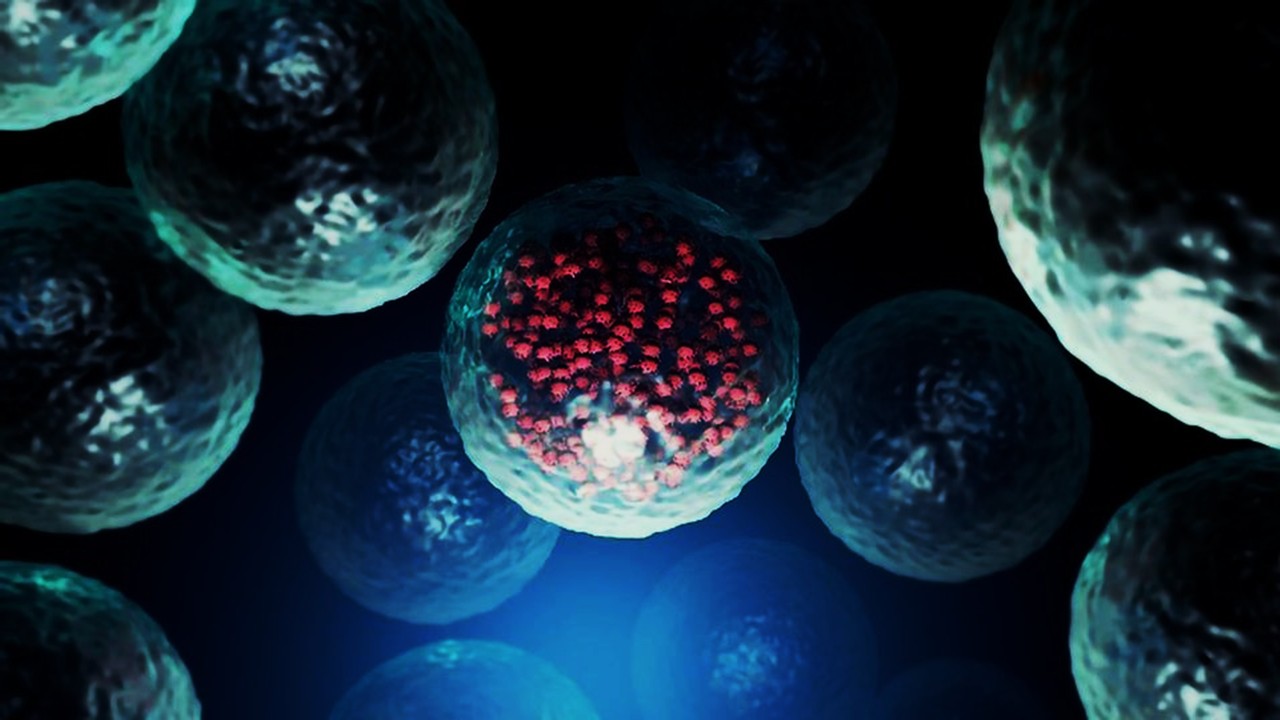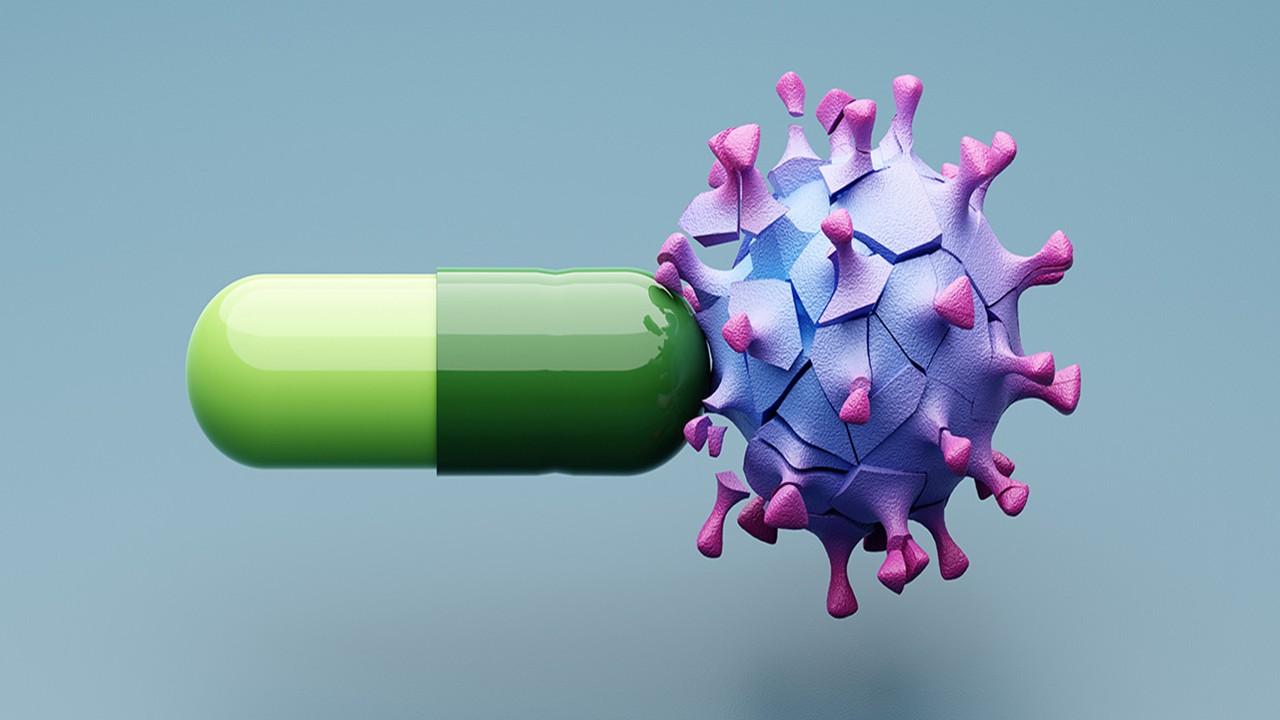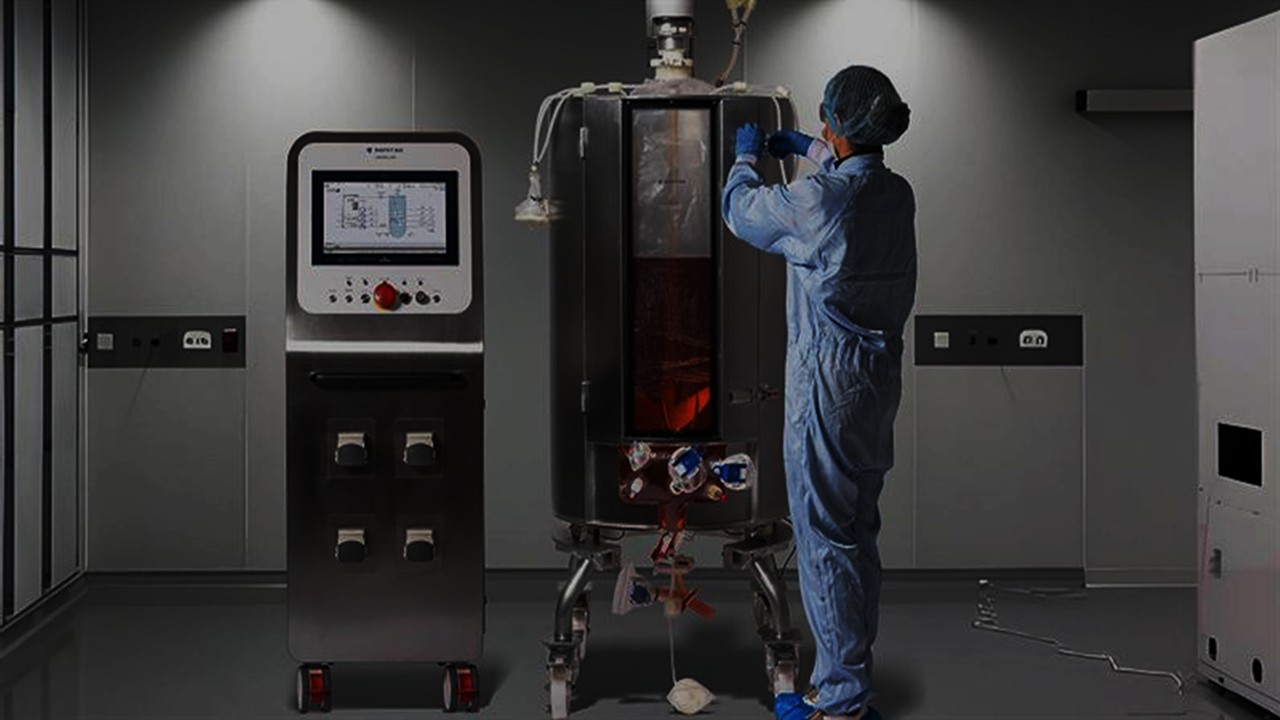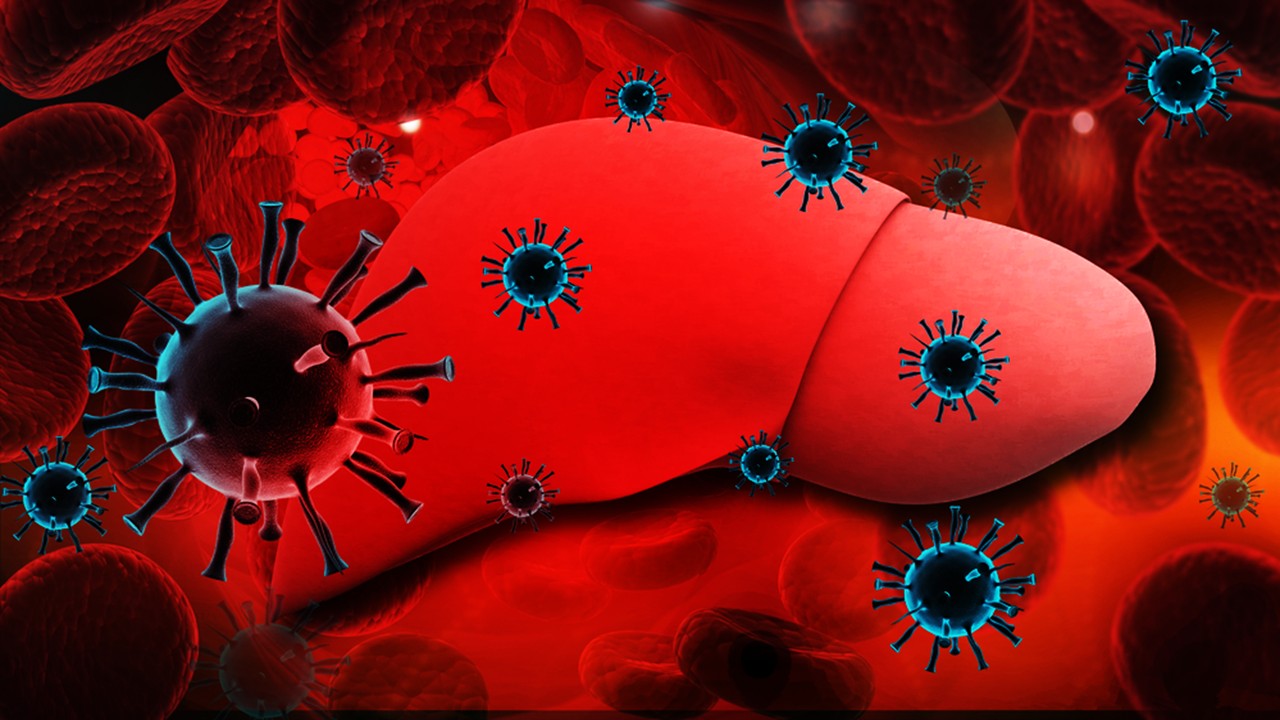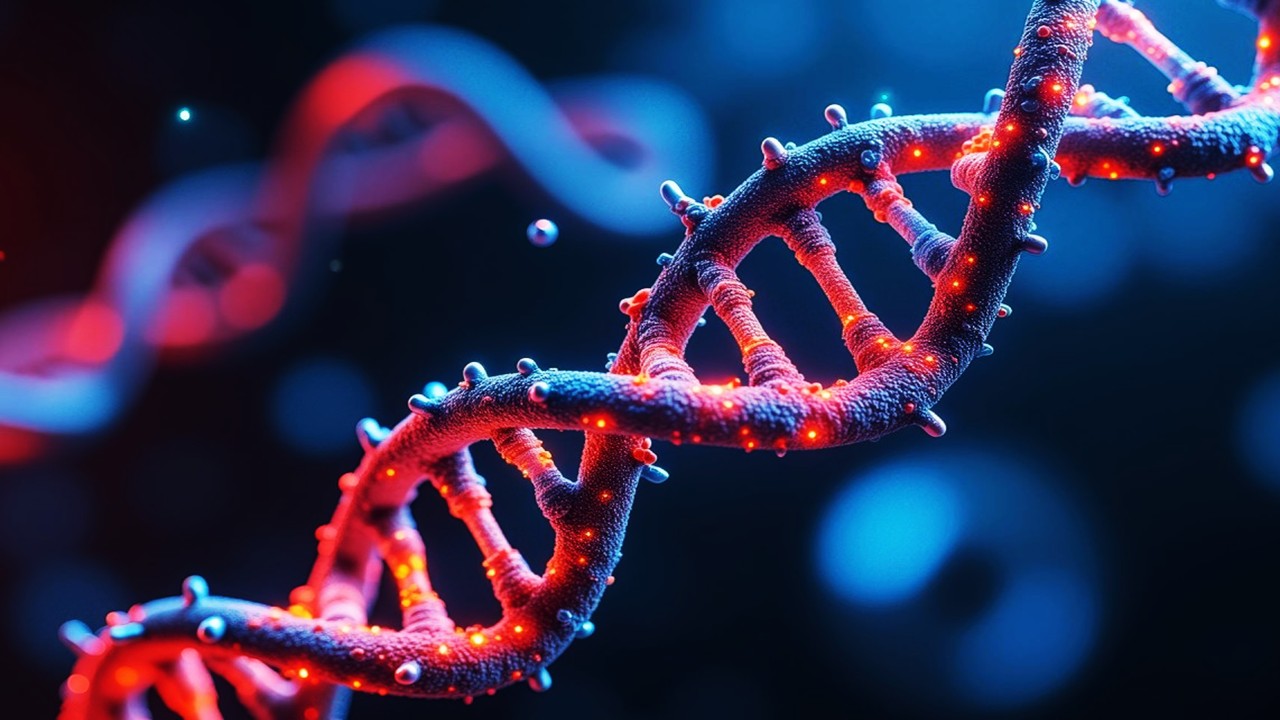Computational methodologies have emerged as indispensable tools for expediting the identification and optimization of potential therapeutic agents in drug discovery. Among these methodologies, computer-aided drug design (CADD) stands out, leveraging computational resources to simulate molecular interactions and accelerate the drug discovery process. Over the past few decades, significant progress has been made in this field, with the advent of sophisticated tools and techniques enabling researchers to delve deeper into the complexities of molecular dynamics and binding affinities.
Computational Insights into Molecular Dynamics
At the core of CADD lies molecular dynamics simulation, a technique empowered by the computational horsepower of modern systems. Tools such as NAMD, GROMACS, and Amber enable researchers to simulate the behavior of molecular systems under diverse conditions, offering valuable insights into their dynamic behavior.
NAMD
NAMD, an acronym for NAnoscale Molecular Dynamics, stands as a cornerstone in the realm of molecular dynamics simulations. Leveraging high-performance computing capabilities, NAMD enables researchers to delve into the intricate behaviors of biomolecular systems at the nanoscale level. With its robust algorithms and scalable architecture, NAMD has become an indispensable tool for elucidating the dynamic interactions governing biological processes, providing invaluable insights into the structural dynamics of macromolecules.
GROMACS
GROMACS, or Groningen Machine for Chemical Simulations, represents a powerful platform for molecular dynamics simulations in the field of computational chemistry and biochemistry. Renowned for its efficiency and versatility, GROMACS empowers researchers to explore a diverse range of molecular systems with unprecedented accuracy and speed. Its suite of advanced algorithms and comprehensive set of analysis tools make it a preferred choice for simulating complex biomolecular phenomena, facilitating groundbreaking discoveries in drug discovery and biomolecular research.
Amber
Amber, an acronym for Assisted Model Building with Energy Refinement, has established itself as a leading software suite for molecular dynamics simulations and structural modeling. Widely used by researchers across academia and industry, Amber offers a comprehensive set of tools for studying the dynamics and energetics of biomolecular systems. From protein-ligand interactions to nucleic acid dynamics, Amber provides researchers with the flexibility and precision needed to address a myriad of scientific questions, driving innovation in drug discovery and molecular biology.
Molecular docking, another key component of CADD, facilitates the exploration of molecular binding conformations. Established methods such as DOCK, AutoDock, and GOLD play pivotal roles in this domain, aiding researchers in the identification of optimal binding configurations.
DOCK
DOCK, an acronym for Discovering Optimized Candidates for Kinases, represents a pioneering approach to molecular docking and virtual screening. Built on the principles of computational chemistry and structural biology, DOCK enables researchers to predict the binding orientations and affinities of small molecules to target proteins with remarkable accuracy. Its sophisticated algorithms and scoring functions facilitate the rapid screening of large compound libraries, guiding the selection of promising drug candidates for further experimental validation.
AutoDock
AutoDock stands as a testament to the power of computational methods in drug discovery, offering a user-friendly platform for molecular docking simulations. Leveraging advanced algorithms and molecular modeling techniques, AutoDock enables researchers to explore the binding interactions between small molecules and target proteins with precision and efficiency. Its intuitive interface and customizable parameters make it a valuable tool for virtual screening and lead optimization, accelerating the drug discovery process and facilitating the design of novel therapeutics.
GOLD
GOLD, an acronym for Genetic Optimization for Ligand Docking, represents a state-of-the-art software package for protein-ligand docking and virtual screening. Renowned for its robust algorithms and predictive accuracy, GOLD empowers researchers to identify potential drug candidates with high binding affinity and specificity for target proteins. By leveraging genetic algorithms and scoring functions tailored to specific molecular interactions, GOLD facilitates the rapid exploration of chemical space, guiding the rational design of novel therapeutics with enhanced potency and selectivity.
The Potential of Deep Learning in Drug Design
The advent of deep learning has catalyzed a paradigm shift in drug discovery, offering unprecedented capabilities in analyzing complex molecular data. Initiatives such as DeepSynergy and DeepTox exemplify the transformative impact of neural networks in predicting drug synergy and toxicity, respectively.
DeepSynergy
DeepSynergy epitomizes the transformative potential of deep learning in drug discovery, offering a cutting-edge approach to predicting synergistic interactions between anti-cancer drugs. Leveraging feedforward neural networks, DeepSynergy harnesses the predictive power of computational models to decipher complex patterns of drug synergy, providing valuable insights into the combination therapy landscape. By analyzing large-scale datasets and capturing intricate relationships between drug compounds, DeepSynergy facilitates the identification of synergistic drug combinations with enhanced therapeutic efficacy, accelerating the development of novel anti-cancer treatments.
DeepTox
DeepTox represents a pioneering effort in toxicity prediction, harnessing the capabilities of deep neural networks to assess the safety profiles of chemical compounds. Built on a foundation of large-scale datasets and state-of-the-art machine learning techniques, DeepTox offers a robust framework for evaluating the potential toxicity of drug candidates. By integrating diverse chemical descriptors and molecular features, DeepTox enables researchers to forecast adverse effects and mitigate safety risks early in the drug development process, enhancing the efficiency and cost-effectiveness of preclinical studies.
Additionally, projects like BSite-pro and DEEPScreen demonstrate the efficacy of deep learning in elucidating molecular interactions and identifying novel drug targets. By delving into the latent layers of molecular data, deep learning models offer unparalleled capabilities in capturing elusive patterns and hidden information.
BSite-pro
BSite-pro stands as a testament to the versatility of computational methods in predicting protein-ligand interactions, offering a novel approach to identifying binding sites on protein structures. Leveraging random forest classifiers, BSite-pro utilizes sequence information alone to predict the locations of protein binding sites with remarkable accuracy. By analyzing amino acid sequences and extracting key structural features, BSite-pro provides valuable insights into the molecular determinants of ligand binding, guiding the rational design of therapeutic agents with enhanced affinity and specificity for target proteins.
DEEPScreen
DEEPScreen represents a pioneering application of deep learning in target identification, offering a data-driven approach to uncovering new drug targets for existing therapeutics. By harnessing deep convolutional neural networks, DEEPScreen analyzes large-scale chemical genomics datasets to identify potential drug-target interactions with high confidence. Leveraging unsupervised pretraining and transfer learning techniques, DEEPScreen uncovers hidden patterns in drug-protein interactions, facilitating the repurposing of existing drugs and the discovery of novel therapeutic indications.
Navigating the Landscape of Virtual Screening with Deep Learning
Virtual screening, a cornerstone of CADD, has emerged as a powerful strategy for accelerating the identification of potential drug candidates. A fundamental objective in virtual screening revolves around the accurate prediction of drug-target affinity, a task imbued with intricacies and challenges, especially when confronted with the dearth of structural data for numerous proteins.
The absence of structural information poses a significant hurdle in traditional structure-based virtual screening methodologies, where the precise three-dimensional arrangement of protein targets is essential for accurately predicting ligand binding affinities. Consequently, the exploration of sequence-based virtual screening emerges as a promising frontier in drug discovery, offering an alternative approach that capitalizes on the wealth of genetic information available for proteins. Unlike structure-based methods, which rely on detailed knowledge of protein structures, sequence-based virtual screening leverages amino acid sequences to infer potential interactions between drugs and protein targets.
By analyzing sequence motifs, evolutionary conservation patterns, and physicochemical properties encoded within protein sequences, this approach seeks to elucidate potential drug-target interactions and prioritize candidate compounds for experimental validation. Moreover, sequence-based virtual screening holds particular relevance in scenarios where experimental structural data is lacking or difficult to obtain, thereby expanding the scope of drug discovery efforts and facilitating the identification of novel therapeutic agents.
This harnessing of advanced deep learning techniques allows researchers to predict protein binding affinity solely from amino acid sequences, circumventing structural ambiguities.
Introducing DGraphDTA: A Novel Approach
DGraphDTA represents a groundbreaking advancement in the field of drug discovery, offering a novel approach to affinity prediction that has the potential to transform the landscape of pharmaceutical research.
At its essence, DGraphDTA merges two cutting-edge technologies: GNNs and contact maps obtained from protein sequences. By integrating GNNs, which excel at processing complex graph data, with contact maps derived from protein sequences, DGraphDTA harnesses the structural information encoded within proteins to enhance the accuracy of drug-target affinity predictions.
Graph Neural Networks (GNNs)
Graph neural networks (GNNs) represent a cutting-edge class of machine learning models tailored for analyzing graph-structured data. Unlike traditional neural networks designed for grid-like data such as images or sequences, GNNs are uniquely equipped to handle complex relationships and dependencies inherent in graph structures. GNNs operate by iteratively aggregating information from neighboring nodes, enabling them to capture intricate patterns and hierarchies within graphs. By encoding both node and edge features, GNNs can effectively learn representations of nodes and entire graphs, facilitating tasks such as node classification, graph classification, and link prediction.
Contact Maps from Protein Sequences
Contact maps derived from protein sequences offer invaluable insights into the three-dimensional (3D) structure and folding patterns of proteins. A contact map is a matrix representation that depicts the spatial proximity of amino acid residues within a protein sequence. Each entry in the contact map indicates whether a pair of residues is in close spatial proximity, providing crucial information about the tertiary structure of the protein. Contact maps are typically inferred using computational methods such as deep learning models or evolutionary coupling analysis, which predict residue-residue contacts based on sequence information. By elucidating the spatial arrangements of amino acid residues, contact maps facilitate protein structure prediction, protein-ligand docking, and protein-protein interaction studies.
Unlike traditional methods that rely solely on structural data or sequence information, DGraphDTA leverages both modalities synergistically, thereby overcoming the limitations of individual approaches and providing a more comprehensive understanding of drug-protein interactions. This integration enables DGraphDTA to decipher intricate molecular relationships and discern subtle patterns within protein structures, empowering researchers to make more informed decisions in drug design and accelerating the discovery of novel therapeutics.
Charting the Path Forward
As drug discovery ventures into uncharted territories, the convergence of advanced computing and deep learning promises to unlock novel therapeutic possibilities. From deciphering molecular dynamics to predicting drug-target affinities with enhanced precision, computational methodologies are poised to address the challenges facing modern drug discovery.
Armed with innovative approaches like DGraphDTA, researchers are well-positioned to push the boundaries of conventional drug design paradigms, paving the way for groundbreaking discoveries in the pursuit of new therapeutics.
Engr. Dex Marco Tiu Guibelondo, B.Sc. Pharm, R.Ph., B.Sc. CpE
Editor-in-Chief, PharmaFEATURES

Subscribe
to get our
LATEST NEWS
Related Posts
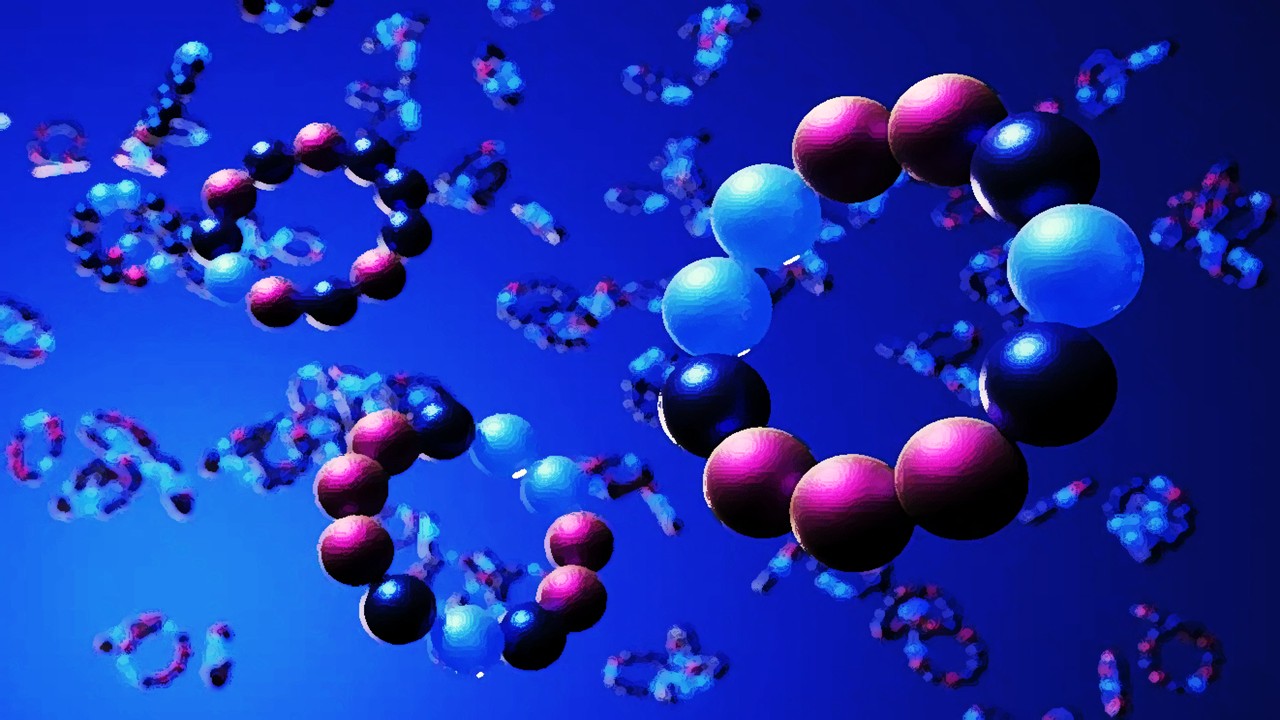
Drug Discovery Biology
Breaking Barriers: Macrocyclic Peptides as Next-Gen Membrane-Disrupting Antimicrobials
The relentless evolution of bacterial resistance has rendered many conventional antibiotics ineffective, pushing researchers toward unconventional therapeutic strategies.
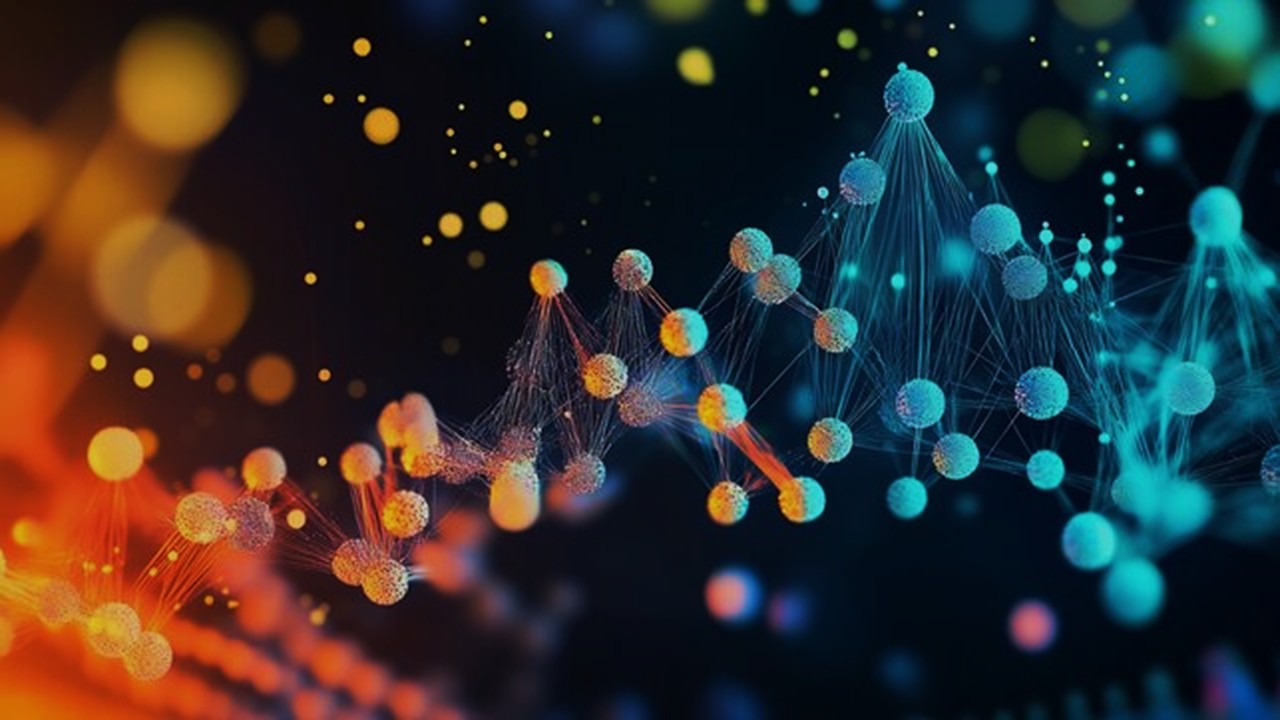
Drug Discovery Biology
Democratizing Mass Spectrometry: The Automation Revolution Unlocking Precision Measurement
Automation simplifies workflows and enables new experiments with mass spec’s unmatched specificity.
Read More Articles
Tetravalent Vaccines: The Power of Multivalent E Dimers on Liposomes to Eliminate Immune Interference in Dengue
For the first time, a dengue vaccine candidate has demonstrated the elusive trifecta of broad coverage, balanced immunity, and minimal enhancement risk,
Pathogenic Targeting 5.0: The Rise of RNA Therapeutics and Peptide-Based Drugs in Modern Medicine
Unlike traditional small-molecule drugs, which interact with proteins, RNA therapies modulate gene expression directly, enabling interventions at the root of disease.





